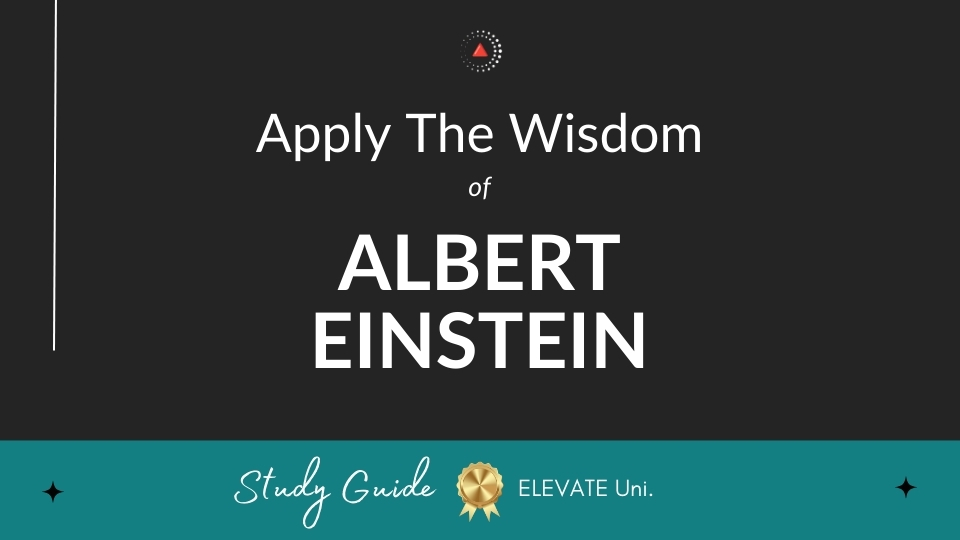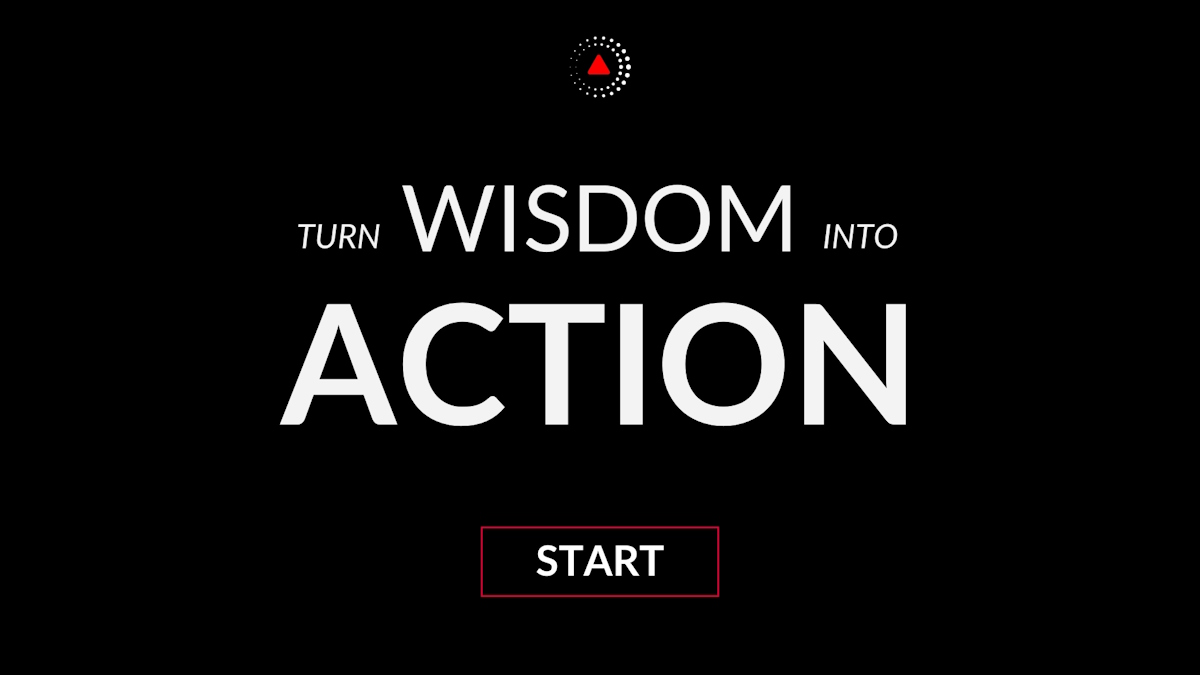The environment is everything that isn’t me.
What's the meaning of this quote?
Quote Meaning: This quote encapsulates a profound reflection on our relationship with the world around us. At first glance, it may seem simplistic, but its depth lies in its exploration of our perception and connection to the environment.
"The environment is everything that isn't me" invites us to ponder the distinction between the self and the world outside of it. In this context, "me" refers to our individual identity, consciousness, and immediate surroundings. The term "environment," however, extends far beyond the physical space we inhabit. It encompasses everything external to our being: nature, society, culture, and the universe at large.
At its core, this quote highlights the dichotomy between the self and the external world, emphasizing the boundary that separates our subjective experience from the objective reality surrounding us. It prompts us to consider how we perceive, interact with, and influence the environment in which we exist.
On a fundamental level, the quote underscores the interconnectedness of all things. While we may perceive ourselves as distinct entities, separate from the environment, we are inextricably linked to it. Our actions, thoughts, and emotions reverberate through the world around us, shaping and being shaped by it in return.
Moreover, the quote invites introspection regarding our relationship with the environment. It prompts us to question our role as stewards of the Earth and the impact of our choices on the natural world. By recognizing that the environment encompasses everything beyond ourselves, we acknowledge our responsibility to preserve and protect it for future generations.
Furthermore, the quote can be interpreted metaphorically, extending beyond the physical realm to encompass psychological, social, and cultural environments. In this sense, "environment" encompasses the collective experiences, beliefs, and values that shape our perceptions and behaviors. By acknowledging the influence of these external factors, we gain insight into our own identities and the forces that shape our lives.
In essence, "The environment is everything that isn't me" serves as a poignant reminder of our interconnectedness with the world around us and the responsibility we bear as inhabitants of this planet. It challenges us to transcend the illusion of separation and cultivate a deeper sense of empathy, stewardship, and harmony with the environment in all its manifestations.
Who said the quote?
The quote "The environment is everything that isn't me." is often attributed to Albert Einstein (Bio / Quotes). Albert Einstein was a German physicist and Nobel Prize winner who is widely regarded as one of the most influential scientists in history.
Applying the quote to your life
Unlock Einstein's wisdom and apply it to your life by getting the in-depth Albert Einstein Workbook & Study Guide, complete with top quotes, insightful commentary, reflective questions, and practical uses for everyday life. 👇
To apply more wisdom, get the All-Access Pass, which includes hundreds of study guides from the world's top minds. These include deep insights from individuals such as Nelson Mandela, Steve Jobs, and Albert Einstein, as well as some of the top authors and personal development books.
What are Albert Einstein's Best Quotes?
Watch on Elevate's YouTube channel and be sure to subscribe for more wisdom and insights from the world's top minds.
Subscribe on YouTube to get the latest quote videos delivered straight to you:
Is there a historical example that illustrates the message of the quote?
A historical example that illustrates the quote "The environment is everything that isn't me" can be found in the life of Nikola Tesla, the famed inventor and electrical engineer. Tesla was known for his intense focus on his work, which often led him to isolate himself from the conventional social environment around him.
Tesla's approach to his environment was particularly evident in his work on wireless electricity. He envisioned a world where his innovations could transform how energy was distributed and used. This vision was so all-consuming that he became somewhat detached from the practical realities and social norms of his time. Tesla's relentless pursuit of his ideas meant that he often disregarded the prevailing scientific and economic environments, focusing instead on what he saw as the greater potential of his work.
For example, Tesla's ambitious project of transmitting electricity wirelessly across long distances, known as the Wardenclyffe Tower project, exemplifies his view of the environment. He saw the technological and social obstacles as external factors—things that were not part of his core identity or vision. His sense of self was wrapped up in his groundbreaking ideas, and he often viewed the existing constraints of his environment as challenges to overcome rather than immediate realities to be accepted.
Tesla's experience highlights how one's environment—comprising everything external to oneself—can be perceived as a series of obstacles or opportunities. In his case, the environment was a mix of skepticism, financial difficulties, and technological limitations, which he saw as separate from his core self and his innovative spirit. His story illustrates the notion that the environment, in this sense, is everything that stands outside one's personal identity and aspirations.
How can the quote be applied in a real-life scenario?
In real life, the quote "The environment is everything that isn't me" can be applied to various situations where individuals or organizations strive to transcend their immediate circumstances and achieve their goals.
Consider a startup founder who is passionate about launching a new tech company. This founder might face numerous challenges, including a competitive market, financial constraints, and regulatory hurdles. To succeed, the founder needs to focus on their vision and objectives, viewing these external challenges as separate from their core identity and mission. By maintaining a clear distinction between their personal drive and the obstacles posed by the environment, the founder can remain motivated and resilient.
For example, if a tech entrepreneur is developing a revolutionary app but encounters significant pushback from investors or regulatory issues, they might use the quote to frame their mindset. The entrepreneur could view these external factors as hurdles to be navigated rather than barriers that define their capabilities or worth. By concentrating on their innovative ideas and long-term goals, they can effectively separate their identity from the environment and work through the challenges with a positive and determined outlook.
Additionally, this perspective can be applied in personal development. Imagine someone trying to improve their health and well-being. They might face external challenges such as a demanding job or a lack of time. By recognizing that these challenges are external to their core self, they can focus on their internal motivation and goals, creating strategies to overcome the environmental obstacles. This approach allows them to stay committed to their health goals despite the pressures or constraints imposed by their environment.
In essence, applying this quote in real life involves recognizing the distinction between one's internal identity and the external factors that may impact their journey. By doing so, individuals and organizations can remain focused on their goals and maintain resilience in the face of challenges.
Chief Editor
 Tal Gur is an author, founder, and impact-driven entrepreneur at heart. After trading his daily grind for a life of his own daring design, he spent a decade pursuing 100 major life goals around the globe. His journey and most recent book, The Art of Fully Living, has led him to found Elevate Society.
Tal Gur is an author, founder, and impact-driven entrepreneur at heart. After trading his daily grind for a life of his own daring design, he spent a decade pursuing 100 major life goals around the globe. His journey and most recent book, The Art of Fully Living, has led him to found Elevate Society.






















